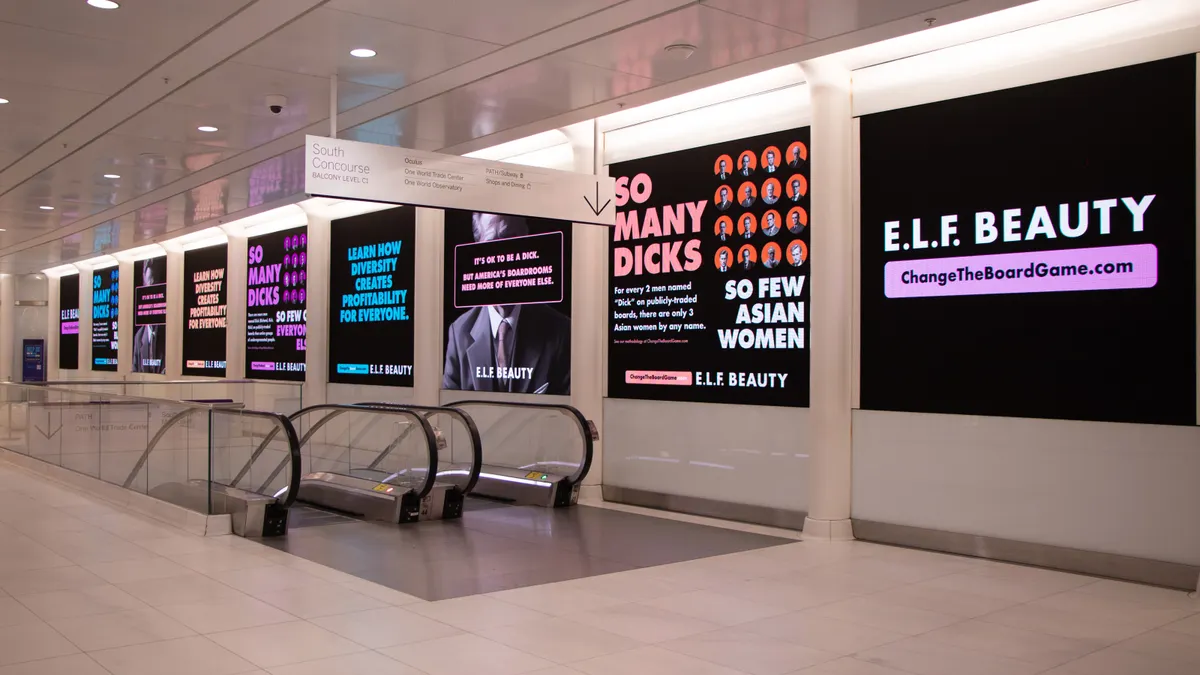Dive Brief:
- Snapchat is taking more steps to eliminate misleading or risqué images promoting content on its Discover portal, according to The New York Times. The platform will also start heavily monitoring for links to outside reports on websites that could be considered fake news or hoaxes.
- The Times reporting highlighted an MTV article that featured a photo of a bikini-clad woman promoting a story about a fully-clothed man as an example of the sort of clickbait images Snapchat wants to get rid of.
- Snapchat officially changed its publisher guidelines Monday to explicitly restrict Discover publishers from posting images that don’t have any news or editorial value. The platform also plans to roll out age-restriction tools to prevent minors from seeing potentially inappropriate content in February.
Dive Insight:
The Discover portal has proven to be popular with both users and publishers, but better monetizing its content and demonstrating a concrete return on invesment for marketers has been an ongoing challenge for Snapchat. Cleaning up content should only make Discover more appealing to advertisers eager to give the app a spin, as The New York Times notes, and attracting more brands will be crucial ahead of Snap's expected IPO in March.
Fake news issues have seemed to plague Facebook, but the Snapchat news underscores how low-quality media content is a far-reaching problem. The new guidelines will attempt to ensure a safety net to prevent illegitimate sources from slipping through the cracks. Weeding out clickbait articles, along with blocking minors from viewing content that could be construed as inappropriate, might lend Discover more journalistic legitimacy and attract more publishers to the feature as it grows.
In taking a more active stance to monitor bad publisher content, Snapchat might also be following competitor Facebook, who recently launched a Journalism Project to better educate both readers and publishers about problems like fake news.
The widespread prevalence of fake news shared on social caught Facebook, publishers and advertisers off-guard following the presidential election. The phrase "fake news" has since taken on a life of its own, serving as a sort of umbrella term for everything from flat-out hoaxes to highly divisive opinion pieces — essentially any media that brands don't want to be around.











